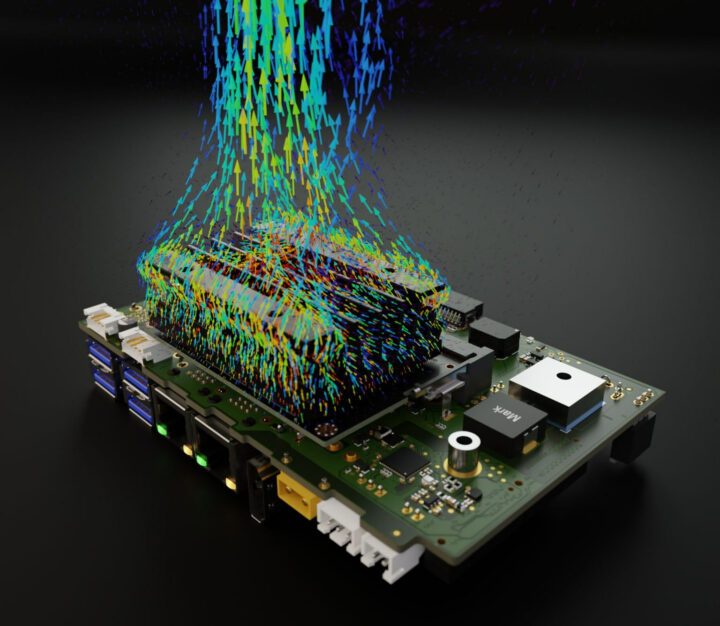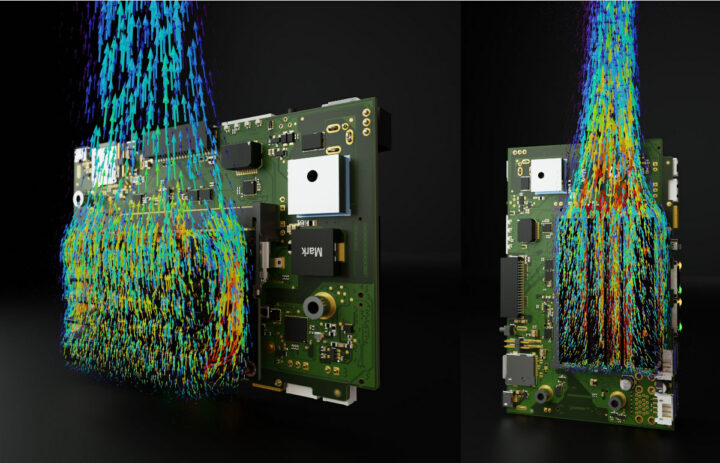code_saturne is a free, open-source computational fluid dynamics (CFD) software developed primarily by EDF that can be useful to check and optimize the thermal design of your projects.
From time to time, we come across hardware platforms that do not perform to their best due to overheating leading to CPU throttling, and over time it may also impact the lifetime of the device. I’ve heard about computational fluid dynamics (CFD) before, but I always assumed the software was prohibitively expensive and Formula 1 even has a cost cap for CFD testing. But it turns out there’s an open-source program to do just that: code_saturne.

As a utility company, EDF designed the software to simulate the flows around and inside the buildings, pipes, and pumps used in power plants, but Lukas Henkel found out he could also use the free and open-source code_saturne program for analyzing the air currents caused by natural convection around a heatsink. Other tools to create the visualization above include ParaView and blender 3D both of which are also open-source.
This could probably be used to select a specific heatsink, but Lukas notes that the orientation of the cooling is also critical in order to achieve the best possible performance:
The performance of a passive cooling assembly can vary by more than 50% depending on the orientation of the heatsink. This is usually true for linear extrusion heatsinks as the main cooling features are all aligned along a single axis.

If you want to give it a try you’ll find source code, documentation, tutorials, and a support forum on the project’s website. The code is portable and it has worked on on all Linux flavors and UNIX platforms tested by the company so far. It can also run in parallel with MPI on distributed memory machines (Intel, Cray X series, IBM Power, …). There’s probably a steep learning curve to achieve what Lukas did, but if it may be worth it you’re regularly involved in the thermal design of electronic products. You can watch what code_saturne open-source CFD program is capable of – from EDF’s perspective – in the video below. The YouTube channel also has a few tutorials.

Jean-Luc started CNX Software in 2010 as a part-time endeavor, before quitting his job as a software engineering manager, and starting to write daily news, and reviews full time later in 2011.
Support CNX Software! Donate via cryptocurrencies, become a Patron on Patreon, or purchase goods on Amazon or Aliexpress




